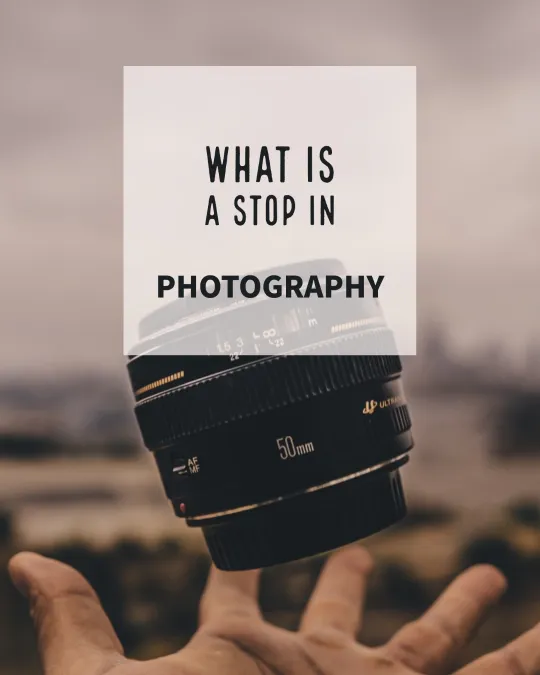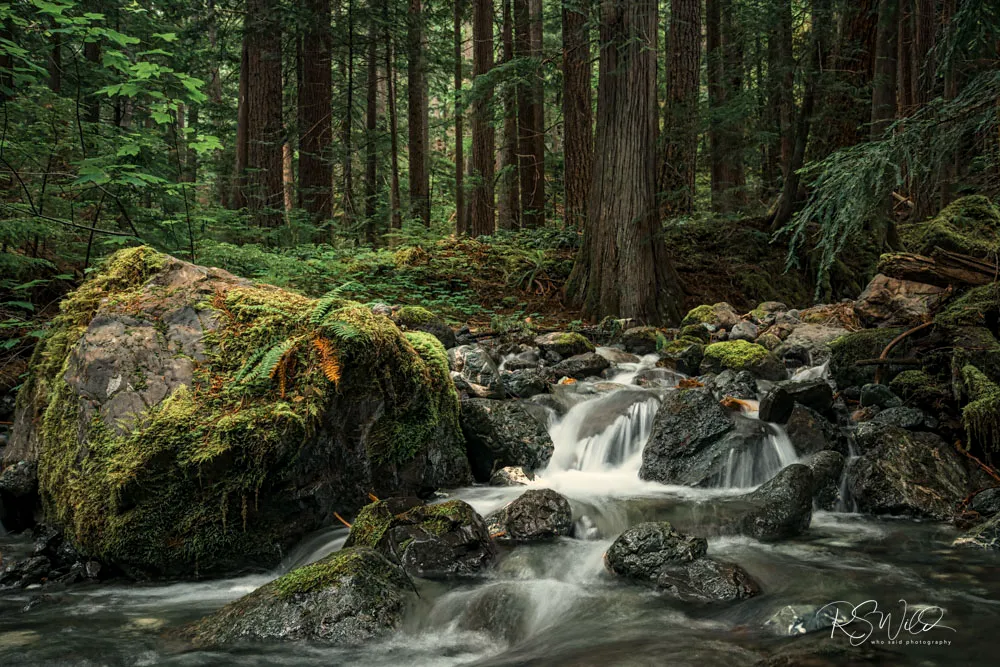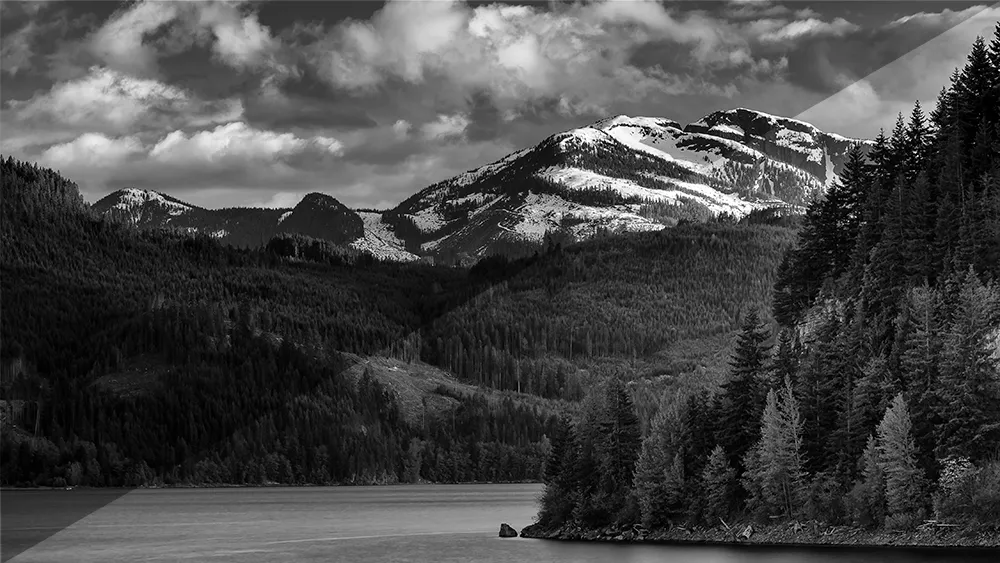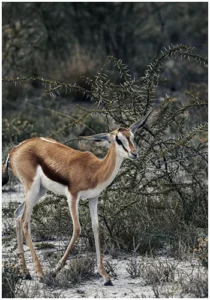
Photography as a Hobby for Beginners: Unlock Your Artistic Vision
Photography can be a fulfilling and enjoyable hobby that brings a creative outlet to your


What is a stop in photography you ask? Lets see if I can explain. The quick answer is
A “stop” is commonly misunderstood in photography, whereas it is quite easy. When shooting a photo, one stop is the doubling or halving of the amount of light going to the sensor.
When a photographer says they are raising the exposure by one stop, it simply implies they will capture two times as much light as in the previous shot.
In photography, a stop of exposure is the length of time you allow light to hit your sensor or film. The more stops, the greater amount of light that reaches your camera’s sensor or film.
Stops can be adjusted by
Read on for an indepth explanation of a “stop”
exposure explained – One of the most important photography terminology is exposure. When you create a photograph, you click the shutter button, allowing light to enter the camera and elicit a reaction from the sensor. The quantity of light that enters your camera’s sensor and generates visual data is referred to as exposure.
Aperture, shutter speed, and ISO are the three variables that affect exposure. Aperture is the size of the lens opening; shutter speed is the length of time the shutter is open; and ISO is the sensitivity of the image sensor.
Understanding stops in photography – Increasing or decreasing, the amount of light to the sensor is called “a stop.” Example, if someone said they would increase their exposure by one stop. Means letting in twice as much light.
Let’s look at a basic example using shutter speed to see how doubling or halving your exposure might appear.
A shutter speed of 1/250th of a second is considered a fast shutter speed, and a shutter speed of 1/4th of a second is considered a slow shutter speed. Shutter speed is important. It determines how much light reaches the sensor. A fast shutter speed will allow the sensor to capture a less light, and therefore, less information. A slow shutter speed will allow the sensor to capture more light, and therefore, more information.
To make this simple, if my shutter speed is 1/125 and I want to increase shutter speed by 1-stop I would set the camera to 1/250, 2-stops would be 1/500, 3-stop would be 1/1000.
1/125×2 = 1/250 1/125×2=1/500- try to remember we are doubling the amount of light in each step.
Review your camera settings! You can set your stops in 1/3 or 1/2 stops

Aperture, this is where most lose the understanding of a stop. Remember, stops are used to measure the amount of light entering a lens. The aperture is the hole or hole-like structure that allows the light to pass through to the camera sensor (or film). F-stops are the size of the opening of the lens.
There are seven full stops in the aperture, depending on the lens. Normally F/2.8 (opening very wide), F/4 (moderately wide), F/5.6 (opening slightly wider than medium), F/8 (opening slightly narrower than medium), F/11 (opening slightly open), F/16 (opening very small), F22 (smallest)
Each increment in aperture from F/2.8 to F/22 is one stop of exposure; For example, if you are shooting at F/8 and want to shoot at f/11, you would need to close the lens, reducing the light by 1-stop. The higher the number, the smaller the opening.
As you know, ISO refers to the sensitivity of light in a camera, and how much information is collected by its sensor. The higher the number, or gain, that a digital camera has determines just how sensitive it will be. As you can see from the numbers below (1 stop increase = doubling your ISO/gain), decreasing this number by 1 stop decrease = halving your ISO/gain.
ISO 100×2 = 200 <> 200×2=400 <> 400×2=800 <> 800×2=1600 Etc…
Stops are used to control the light, shutter speeds and sensitivity of the sensor. All these affect how the camera produces the photo.
It’s the amount of light let in through the lens (aperture), the duration of time that the shutter (shutter speed) is open and the sensitivity of that sensor (ISO) that controls the exposure for the image
A stop of light can be added or removed to create the proper exposure for the image. This is where the camera histogram does its job.
Understanding a stop of light helps you compare and correct the camera setting to create that perfect photo.
it is decreased the exposure by a stop.
This can make it easier to control the amount of light that’s entering your camera and achieving a desired exposure or effect.
Stopping down in photography is raising the f-stop number (for instance, from f/2 to f/4), which reduces the size (diameter) of the aperture and lowers the light that enters the lens.
Stopping down also allows for more flexibility when composing an image. It gives you control over how much foreground and background is in focus.
Overexposing by a stop means making the image brighter than it should be.
This can be done by adjusting your exposure by one stop, but increasing your exposure by 3 stops does not mean a 3-fold increase in exposure.
Overexposure is when you take in more light than your camera needs for a proper exposure.
When overexposing your photos, you may lose detail and colour in your photographs.
Overexposing a photo can also create blow-outs in the photograph.
A full stop is doubling or halving, 2-stop is 4-times the amount of light. Example 100 ISO would be 400. 100×4=400
In 2 stops of light you double and then double again.
A stop is a relative measure of brightness in an image.
A stop can be calculated and is adjusted with your camera settings, and affects your photos.
Stops are used to adjust exposure when photos look too dark or light.

In photography, exposure compensation is a camera setting allowing you to override the recommended settings up or down. Adjustments are made in 1/3rd stop increments, and it’s measured in Exposure Value (EV).
Exposure compensation is used to adjust for situations when the camera’s meter recommends an exposure that will result in an overexposed or underexposed photograph.
For example, if you are photographing a scene that is darker than what the meter recommends, you can use exposure compensation to add more light to the image. Conversely, if you are photographing a very bright scene, you can use exposure compensation to reduce the amount of light hitting the sensor.
It’s also important to understand that exposure compensation doesn’t just affect the overall brightness of an image, it also affects how details are rendered and whether your photograph appears natural or high contrast. Therefore, it’s helpful to shoot in 1-stop increments, giving you a more fine-tuned control over your exposures.
Measuring is the procedure by which your camera selects the appropriate shutter speed and aperture based on the amount of light it can capture. Simply described, metering is a technique used by modern cameras to reflect light and choose the proper exposure without the use of an auxiliary meter.
So there it is, a beginner’s approach to knowing what a stop is in photography. If you’re interested in learning more, be sure to check out more of are articles on photography. We’ll be covering everything from the basics of shutter speed and aperture to more advanced topics like metering and white balance.

Photography can be a fulfilling and enjoyable hobby that brings a creative outlet to your

Welcome to our guide to Photoshop tutorials for beginners: A Complete Beginner’s Tutorial for Learning

Creating stunning images is all about nailing the perfect colour grade. It’s what makes your